Who doesn't love the smell of fresh bread baking in the oven? With that fantastic smell throughout the house, you can't help but feel extra cozy. And since National Homemade Bread Day is tomorrow (Nov. 17th), why not capture that feel with your favorite bread recipe?
But wait--is your oven proof-perfect? And which cooking appliance provides better results? These are good questions, and luckily, we've got the answers!
Discover which cooking appliance is ready for bread-baking bliss!
Gas Range Ovens
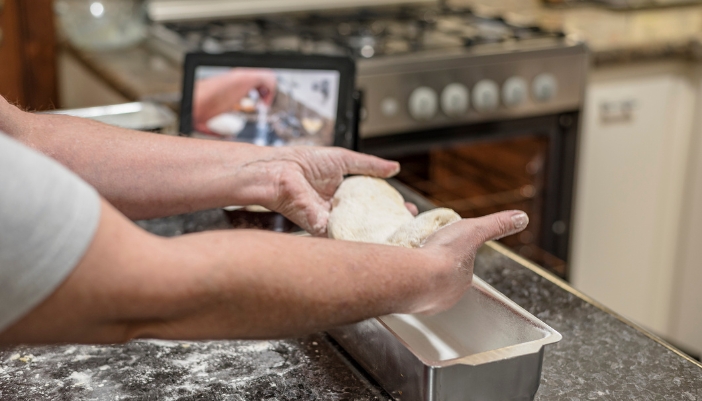
There's something classic about cooking with gas. Many bakers swear by it, while others prefer the modern electric touch. When it comes to baking bread, does a gas range oven stand out?
- Pros: Gas ovens heat up quickly and introduce a bit of moisture, which can be suitable for certain types of bread, keeping them from drying out too fast.
- Cons: They can sometimes have hot spots, requiring you to rotate your bread for even baking. Also, maintaining a steady temperature can be tricky with some gas ovens.
So, if you're after quick heating and a touch of moisture for your loaves, a gas range oven could be a winner. Just keep an eye on your bread and be ready to make minor adjustments as it bakes.
Electric Range Ovens
Baking bread is a treat, but the right oven can make a big difference from uneven browning and too-crispy bottom layers. So, is an electric range oven the right choice for you? Let’s take a look at the pros and cons!
- Pros: Electric ranges provide even heating from top to bottom, dry heat for crispy crusts, and easy temperature control.
- Cons: They can take a while to warm up, and if there's a power outage, your baking plans might be on hold.
So, is an electric range oven the right choice for you? If you like even baking and a crispy crust, it might be! But remember to check the oven's temperature and give it time to preheat.
Note: Breads like artisan breads, sourdough, brioche, whole grain breads, and sweet breads bake great in electric ovens!
Gas Wall Ovens
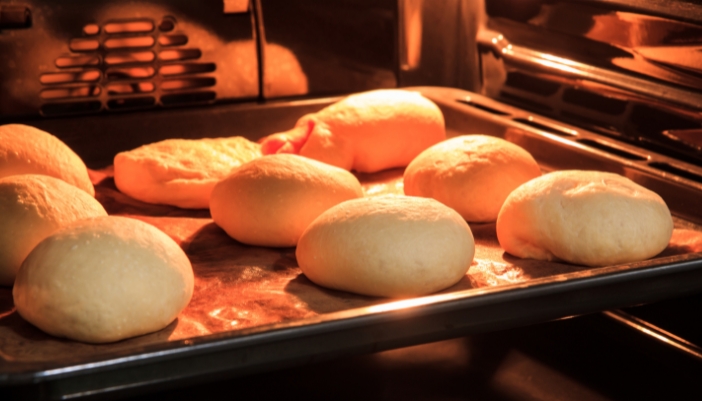
Cooking with gas is always a classic, which goes double for bread. Like gas range ovens, gas wall ovens offer quick heating and moisture, which can be especially great for crusty breads like baguettes and ciabattas. However, they also come with the same challenge of hotspots.
But what sets gas wall ovens apart? Unlike ranges, wall ovens can be installed at eye level, making it easier to monitor your bread without bending over. Plus, being separate from the cooktop means they're not affected by the heat from your stovetop cooking, potentially offering more consistent baking conditions.
Pro Tip: Consider a warming drawer to proof the dough and keep the bread warm and fresh until eating time! But don’t keep it in there too long; the bread might dry out!
Electric Wall Ovens
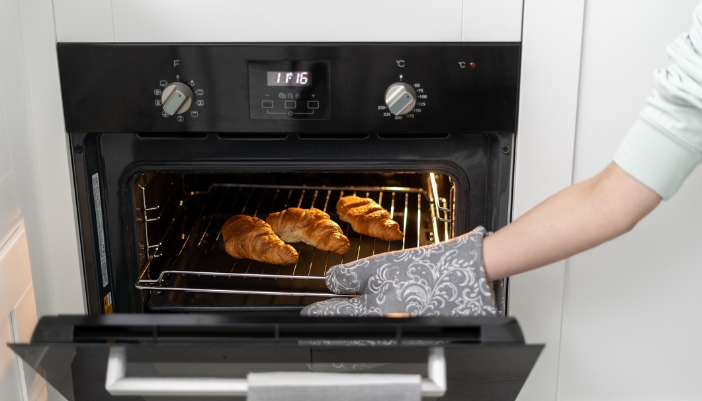
Wall ovens, especially electric ones, are often considered a premium choice for baking enthusiasts. But how do they stack up when it comes to baking bread? They’re very similar to electric range ovens with consistent heating and reliance on electricity power. But they also have other benefits!
Wall ovens typically have more oven space, especially if you have a double-wall oven. And since they're separate from a cooktop, some bakes believe they have more consistent heating than their electric range counterparts.
Bread Central: Key Factors to Consider
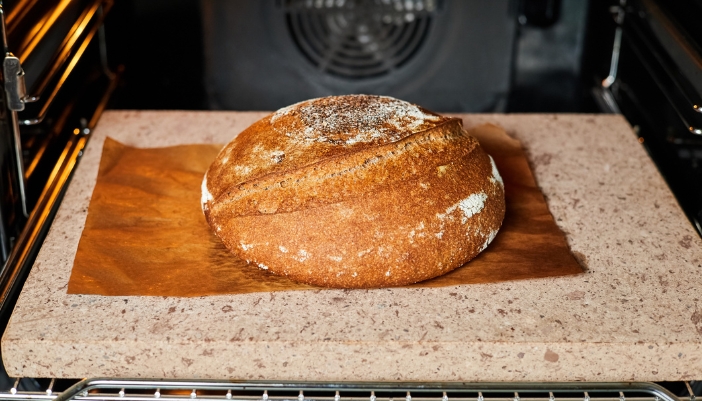
Dreaming of that perfect loaf of bread? The right appliance can make all the difference. Before diving into your next baking session, consider these factors!
- Size: If you often bake multiple loaves or large batches, you'll need a spacious oven (or a double oven!)
- Proofing Mode: This feature offers a controlled environment for the dough to rise, ensuring it's airy and light.
- Convection Settings: Ovens with convection circulate hot air, ensuring even perfectly browned baking.
- Steam Injection: Introducing steam during baking helps achieve a crispy crust while keeping the inside soft and moist.
- Baking Stones: These provide a consistent heat source, ideal for breads that need a crispy bottom crust, like baguettes.
- Dough Scrapers: Essential for handling sticky doughs and dividing them into portions without making a mess.
- Quality Baking Pans: Good pans ensure even heat distribution, preventing parts of your bread from overcooking.
Tips for Perfect Bread Every Time
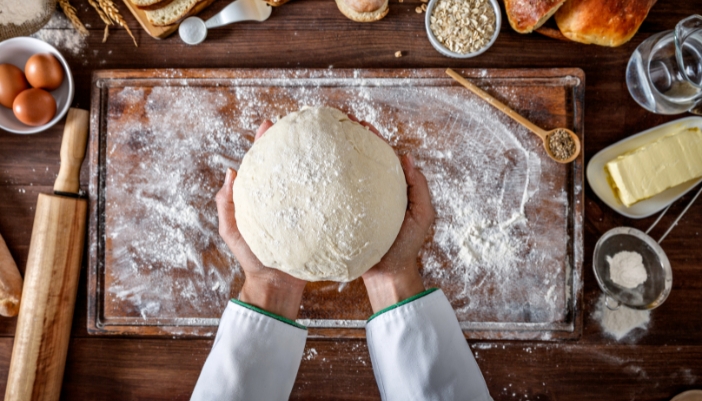
Baking bread can be a rewarding experience, especially when you pull out a golden loaf from the oven. But it can also be a bit tricky. To help you achieve that bakery-quality bread at home, here are some tried-and-true tips:
- Right Ingredients: Check the expiration date on your yeast; old yeast can prevent your bread from rising properly.
- Water Temperature: When activating yeast, ensure the water is warm but not hot. Too hot, and you might kill the yeast; too cold, and it won't activate.
- Kneading: Don't rush this step. Proper kneading helps develop the gluten in the dough, leading to a better texture.
- First Rise: Allow your dough to rise in a warm, draft-free spot. This first rise is crucial for developing flavor and texture.
- Shaping: Shape your dough gently. Overworking at this stage can knock out the air and affect the final rise.
- Second Rise: Once shaped, let your bread have a second shorter rise to get that airy texture.
- Oven Preheating: Always preheat your oven. Baking in an oven that's not fully heated can affect the bread's rise and crust formation.
- Moisture: For a crispy crust, introduce some moisture. You can do this by placing a tray of water in the oven or spraying some water in the oven just before baking.
- Cooling: Resist the temptation to cut into your bread right away. Let it cool on a wire rack to ensure the inside finishes cooking from the residual heat.
Remember that practice makes perfect! And the more you bake, the better you’ll get! Of course, it always helps to start with the right tools! And at Dependable Maytag Home Appliance Center, we have top brand-name cooking appliances that’ll transform your bread-baking skills!
Have any questions? Don’t hesitate to give us a call or stop by! We’re here to help you find what you need!